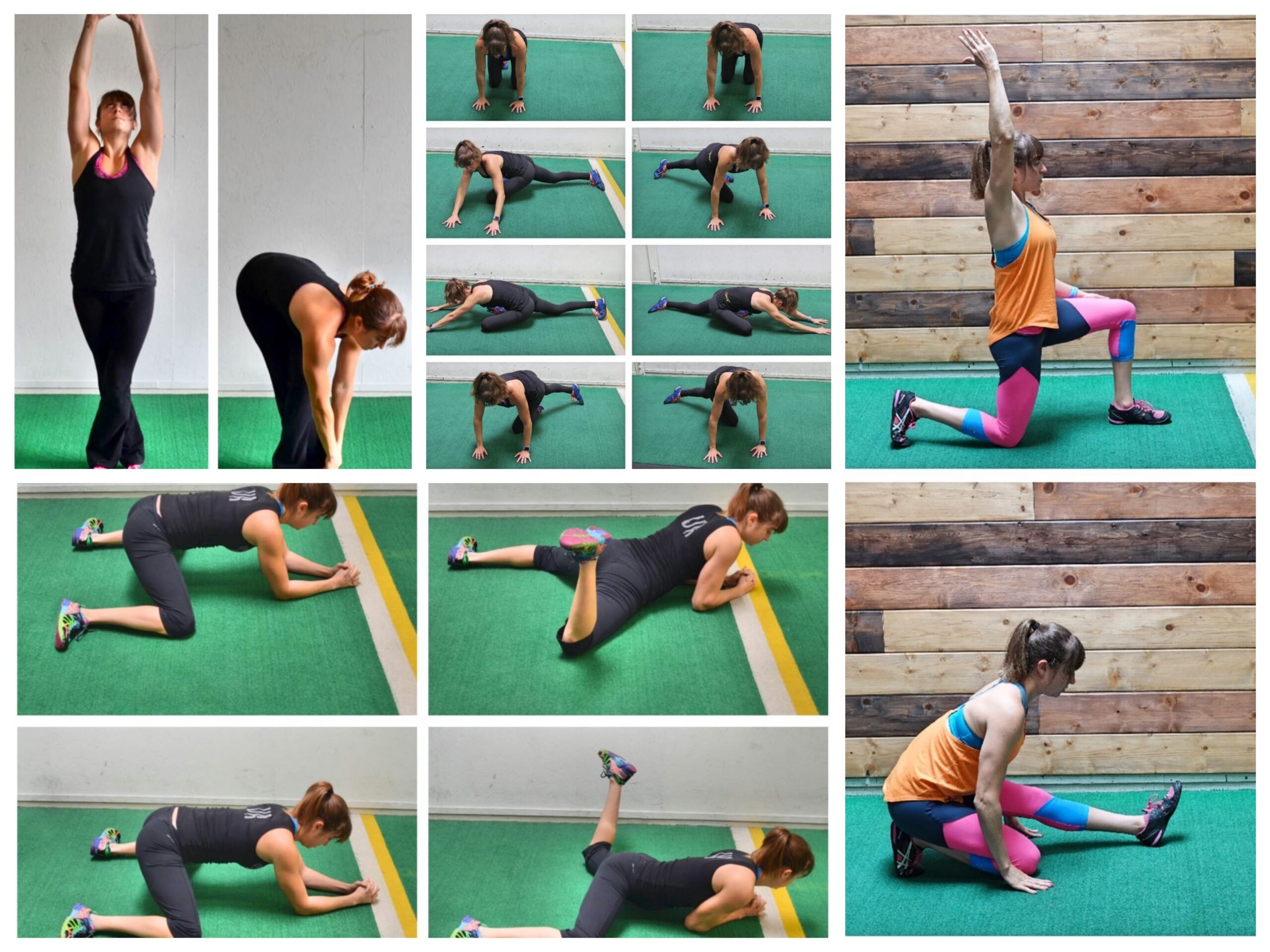Embark on a transformative journey to enhance your strength through a comprehensive guide to strength increasing exercise. This guide will equip you with the knowledge and strategies to effectively build muscle mass, improve performance, and achieve your fitness goals.
Discover the science behind progressive overload, the essential nutrients for strength development, and the optimal training frequency and intensity levels for maximizing gains. Learn proper form and safety techniques to minimize the risk of injury and ensure optimal results.
Exercises for Increasing Strength
Engaging in exercises that effectively increase strength can significantly enhance overall physical fitness, performance, and well-being. These exercises, often referred to as strength training, involve movements that challenge muscles against resistance, leading to increased muscle mass, strength, and power.
Strength training exercises encompass a wide range of movements, including both compound and isolation exercises. Compound exercises engage multiple muscle groups simultaneously, while isolation exercises focus on a single muscle group. Understanding the benefits and mechanics of each type of exercise is crucial for designing an effective strength training program.
Compound Exercises
- Barbell Bench Press:Targets the chest, triceps, and shoulders. Lie on a bench with a barbell held over your chest. Lower the barbell to your chest, then press it back up to the starting position.
- Barbell Squat:Targets the quads, glutes, and hamstrings. Stand with your feet shoulder-width apart and hold a barbell on your shoulders. Lower your body by bending your knees and hips, then return to the starting position.
- Deadlift:Targets the back, glutes, and hamstrings. Stand with your feet hip-width apart and hold a barbell on the floor. Bend your knees and hips to lower the barbell, then lift it back up to the starting position.
- Overhead Press:Targets the shoulders, triceps, and upper chest. Stand with your feet shoulder-width apart and hold a barbell or dumbbells at shoulder height. Press the weight overhead until your arms are fully extended.
- Pull-Ups:Targets the back, biceps, and forearms. Hang from a pull-up bar and pull yourself up until your chin is above the bar.
Isolation Exercises
- Bicep Curls:Targets the biceps. Stand or sit with a dumbbell in each hand. Curl the dumbbells up to your shoulders, then lower them back down.
- Tricep Extensions:Targets the triceps. Stand or sit with a dumbbell in each hand. Extend your arms overhead, then bend your elbows to lower the dumbbells behind your head.
- Leg Extensions:Targets the quadriceps. Sit on a leg extension machine and place your feet under the pads. Extend your legs to straighten your knees, then lower them back down.
- Hamstring Curls:Targets the hamstrings. Lie on a hamstring curl machine and place your feet under the pads. Curl your legs up to your glutes, then lower them back down.
- Calf Raises:Targets the calves. Stand on a step or platform and raise up onto your toes, then lower back down.
Progressive Overload
Progressive overload is a fundamental principle of strength training that involves gradually increasing the demands placed on muscles over time. By systematically increasing weight, resistance, or volume, you continually challenge your muscles, forcing them to adapt and grow stronger.
Methods for Progressive Overload
* Increase Weight:Gradually increase the weight lifted during exercises to progressively overload the muscles. Start with a weight that is challenging but allows for proper form, and gradually add weight as you get stronger.* Increase Resistance:Resistance can be increased through various methods, such as using resistance bands, machines, or bodyweight exercises.
Investigate the pros of accepting solar panels for off grid living in your business strategies.
By increasing resistance, you force your muscles to work harder against a greater force.* Increase Volume:Volume refers to the total amount of work performed during a workout. You can increase volume by increasing the number of sets, repetitions, or the frequency of workouts.
By increasing volume, you expose your muscles to more training stimulus, promoting muscle growth and strength gains.
Discover more by delving into how to start living off the grid further.
Nutrition for Strength
Nutrition plays a crucial role in supporting strength development. A balanced diet that provides essential nutrients is essential for fueling workouts, promoting muscle recovery, and maximizing strength gains.
The macronutrient composition of a strength-building diet should focus on:
- Protein:Protein is essential for muscle growth and repair. Aim for a daily intake of 1.6-2.2 grams of protein per kilogram of body weight.
- Carbohydrates:Carbohydrates provide energy for workouts and support muscle glycogen stores. Aim for a daily intake of 6-10 grams of carbohydrates per kilogram of body weight.
- Fats:Fats provide energy and support hormone production. Aim for a daily intake of 1.2-1.7 grams of fat per kilogram of body weight.
Dietary Considerations
In addition to macronutrient intake, several dietary considerations are important for strength development:
- Hydration:Stay well-hydrated by drinking plenty of water before, during, and after workouts.
- Meal Timing:Eat regular meals throughout the day, including a protein-rich meal within 2 hours of a workout.
- Supplements:Consider supplementing with creatine monohydrate, which has been shown to enhance strength and power.
Training Frequency and Intensity
Optimizing training frequency and intensity is crucial for maximizing strength gains. Regular training stimulates muscle growth, but rest and recovery are equally essential for muscle adaptation and repair.
You also can investigate more thoroughly about get off the grid meaning to enhance your awareness in the field of get off the grid meaning.
Frequency
For strength training, a frequency of 2-3 sessions per week is generally recommended, allowing sufficient rest between workouts. This provides an optimal balance between training stimulus and recovery.
Intensity, Strength increasing exercise
Training intensity refers to the amount of weight or resistance used during exercises. For strength gains, aim for a weight that challenges you while maintaining good form. Typically, 70-85% of your 1-repetition maximum (1RM) is an effective intensity range.
Further details about solar panel kits ontario is accessible to provide you additional insights.
Rest and Recovery
Rest and recovery periods are vital for muscle growth. Allow at least 24-48 hours of rest between workouts for the same muscle group. During this time, muscles repair and rebuild, preparing for the next training session.
Progressive Overload
Gradually increasing training intensity or volume over time is essential for continued strength gains. By progressively overloading your muscles, you force them to adapt and grow stronger.
Safety and Form
Proper form and safety are paramount when performing strength exercises. Incorrect technique can lead to injuries, hinder progress, and compromise overall fitness goals. Understanding and adhering to proper form is essential for maximizing results while minimizing risk.
Common mistakes to avoid include:
- Using excessive weight beyond one’s capabilities.
- Neglecting warm-ups and cool-downs.
- Incorrect posture and alignment.
- Rushing through exercises without proper control.
- Ignoring pain or discomfort during workouts.
To minimize injury risk and ensure proper form, consider the following tips:
- Start with a weight that is challenging but manageable.
- Prioritize proper technique over weight.
- Warm up before each workout and cool down afterward.
- Maintain correct posture and alignment throughout exercises.
- Control the movement, avoiding jerky or uncontrolled motions.
- Listen to your body and stop if you experience pain or discomfort.
Closure
By incorporating these principles into your fitness routine, you can unlock your strength potential and witness remarkable transformations in your physical abilities. Embrace the challenge of strength increasing exercise and witness the profound impact it has on your health, fitness, and overall well-being.
FAQ Section: Strength Increasing Exercise
What are the benefits of strength increasing exercise?
Strength increasing exercise offers numerous benefits, including increased muscle mass, improved bone density, enhanced metabolism, reduced risk of chronic diseases, and improved overall fitness levels.
How often should I perform strength increasing exercises?
For optimal results, aim to perform strength increasing exercises 2-3 times per week, allowing for adequate rest and recovery between workouts.
What is progressive overload?
Progressive overload is a fundamental principle of strength training that involves gradually increasing the weight, resistance, or volume of your workouts over time to continuously challenge your muscles and promote strength gains.


